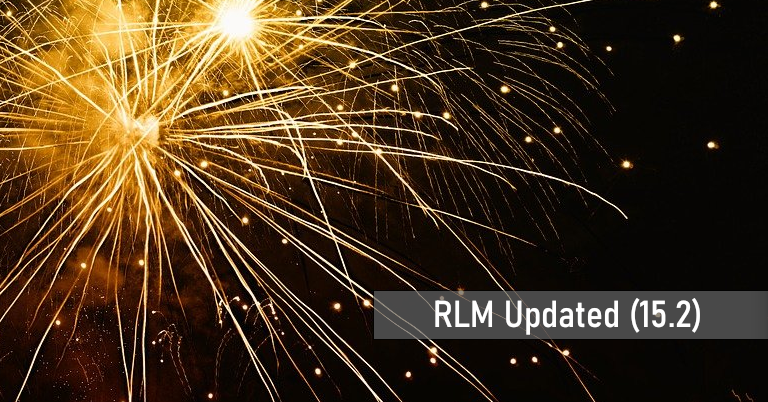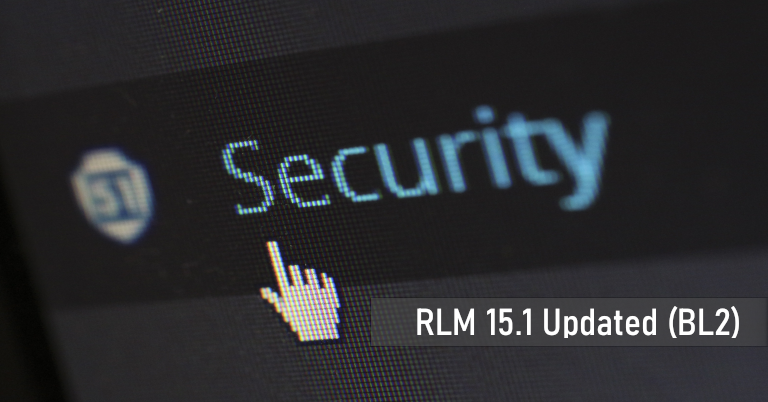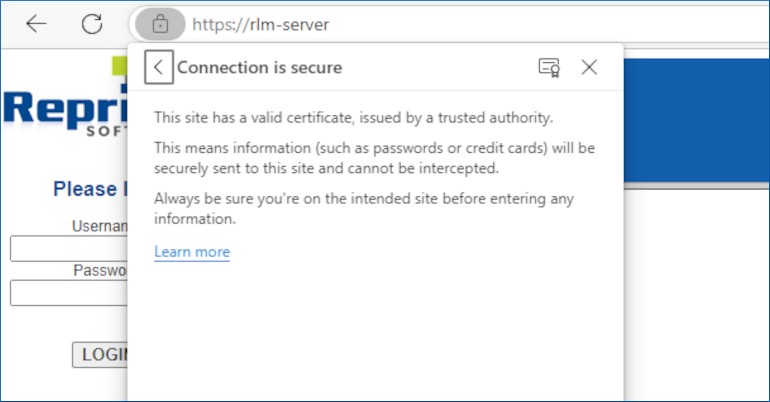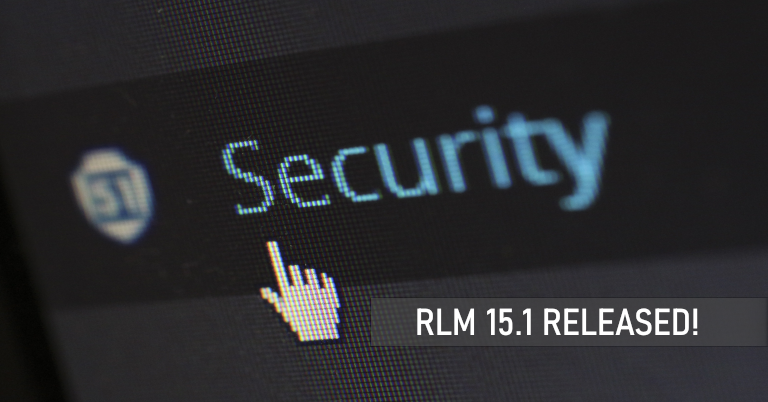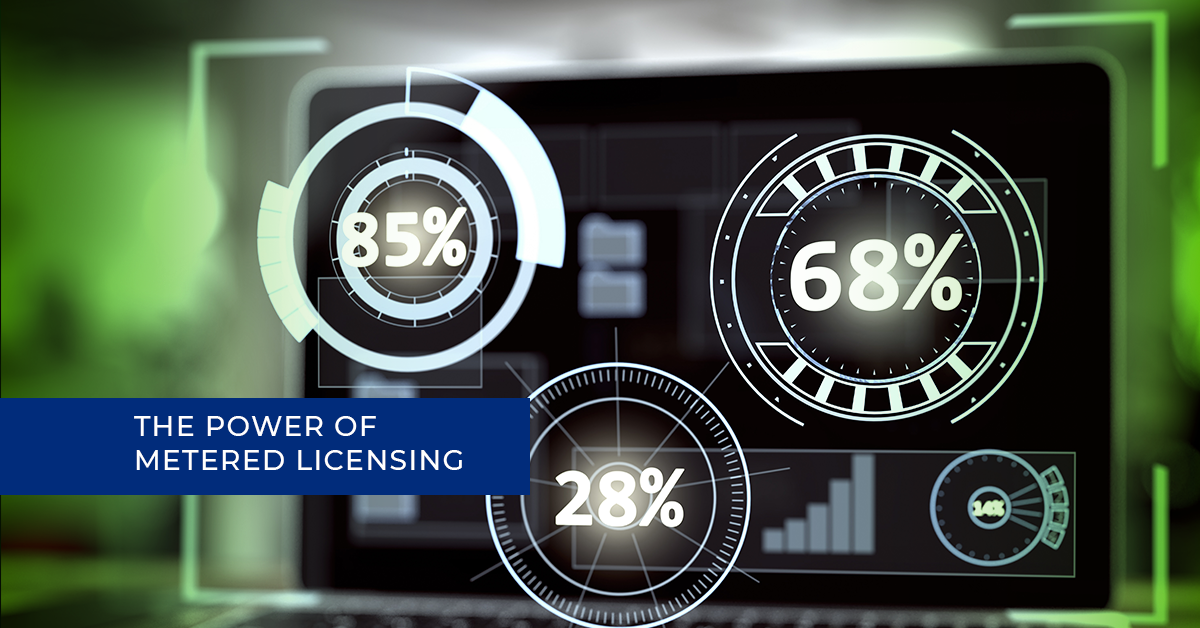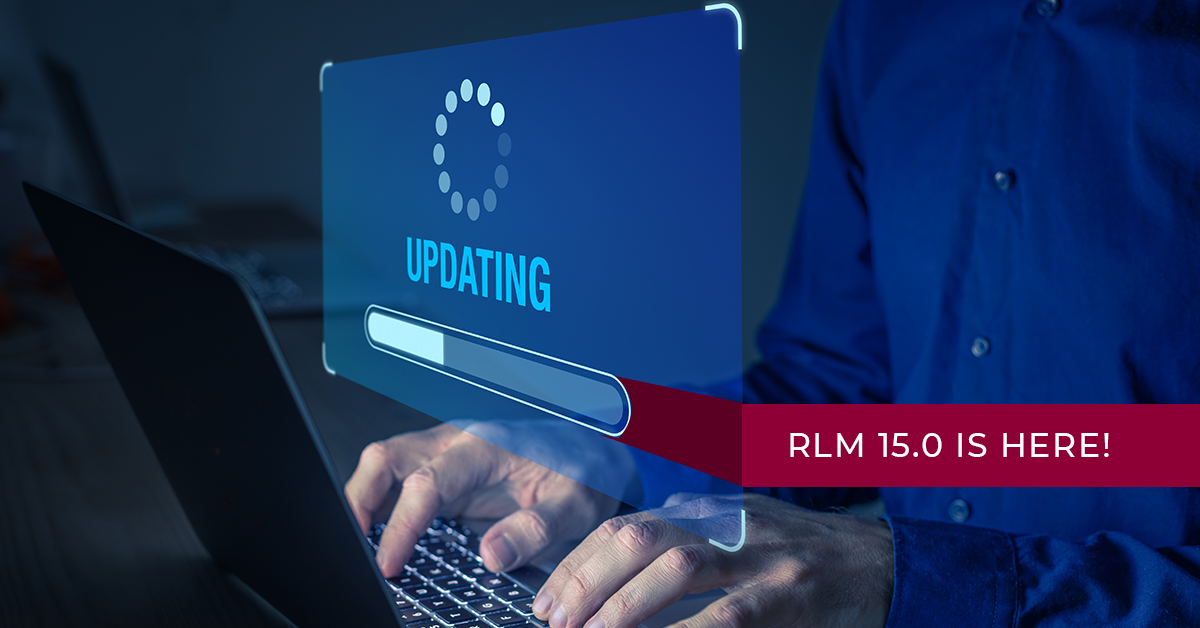Overview
RLM server administrators can configure a floating license timeout if a client computer has not returned the license, and if RLM is no longer able to check the license status on the client computer. This means that a Timeout will not return a license that is in use (say a user keeps an application checked out overnight).
Software providers (ISVs) can configure their products to inform RLM if a user’s session has gone idle. If RLM is informed that a computer is idle, then that session can be timed out by RLM.
The default minimum timeout value an administrator can set is 3600 seconds (1 hour). Your ISV may issue you a license where they specify a different minimum timeout value (the min_timeout parameter in a license file), this value may be lower or higher than the default 3600 seconds (1 hour).
Implementation
Create or edit the ISV Options file for your product. This file will be named isvname.opt where “isvname” is the name assigned by Reprise Software to the ISV and does not change.
You can set individual timeouts for specific products using the TIMEOUT keyword, or you can set a global timeout for all products using the TIMOUTALL keyword.
TIMEOUT secs [product [id=nnn]]
The TIMEOUT line sets the inactivity timeout for a license to secs seconds for product. If the application using product does not contact the license server for secs seconds, the license server will reclaim the license and notify the application that the license was timed out.
The default minimum TIMEOUT in RLM is 3600 seconds (1 hour), however, your software provider can optionally issue a license with a custom min_timeout specification. The min_timeout may be higher or lower than the default. If you set a TIMEOUT value lower than the minimum, RLM will enforce the minimum value.
If product is not specified, the timeout applies to all products. This is equivalent to TIMEOUTALL.
If specified, the id applies this option to the license with an id of nnn.
TIMEOUTALL secs
The TIMEOUTALL line sets the inactivity timeout for all licenses to secs seconds. If the application using a product does not contact the license server for secs seconds, the license server will reclaim the license and notify the application that the license was timed out.
Note that a license could have a min_timeout specification, in which case if you specify a TIMEOUTALL value that is lower, the license’s timeout will be set to the minimum.
If multiple TIMEOUTALL options are specified, the last one will be used. Any TIMEOUT option after the TIMEOUTALL option will be used for that specific product.
Notes for software publishers
By default, if RLM is receiving heartbeats from a client computer, it will not timeout the license.
If you are sending manual heartbeat calls, these calls should stop when your application becomes idle.
If you are using auto heartbeats, you can optionally have your application inform RLM if it has gone idle using the rlm_set_active() API call.

